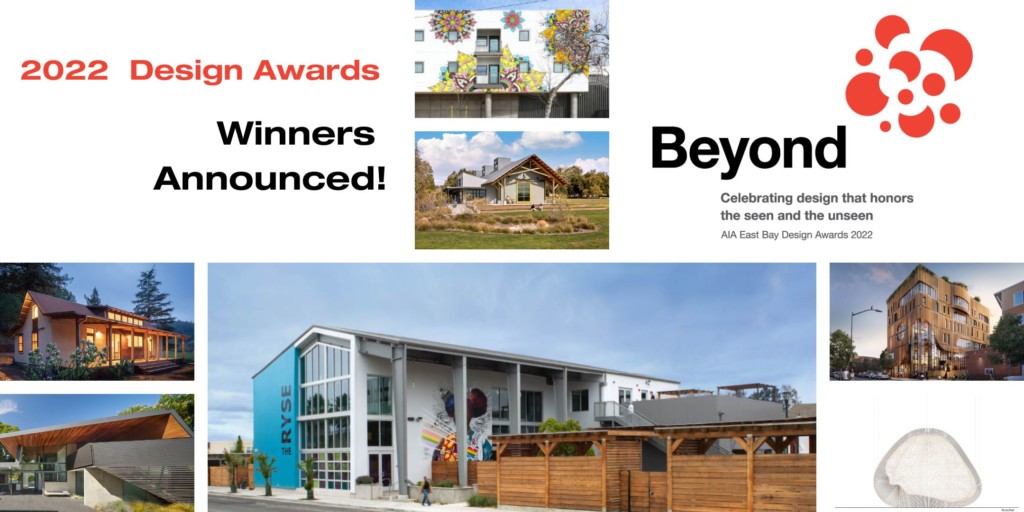Greening Your Buildings, Greening Your Practice

Whether you are looking for small changes or radical rethinking, there are plenty of steps to take to green your buildings and better align your architectural practice with climate and environmental goals.
- Electrify your buildings. Electric appliances are increasingly the best choice for reducing greenhouse gas emissions. Switch to electric when appliances or systems need replacing. Avoid gas infrastructure in new buildings.[1]
- Make your buildings net zero greenhouse gas emissions. Add solar photovoltaic (PV) panels or sign up for 100% renewable electricity from your electricity provider.[2]
- Air seal and insulate using low global warming potential, non-organohalogen flame retardant insulation like blown-in cellulose and cork.[3]
- Avoid carcinogenic, endocrine disrupting, persistent pollutants. With so many products on the market and little information on their safety, Healthy Building Network’s “Homefree“ General Spec Guidance” provides straightforward guidance to help architects and builders avoid some of the worst health concerning chemicals. For chemical content, check out HNB’s new Chemical Hazards Data Commons. The Living Building Challenge, a third party green building rating system similar to LEED, has a red list of chemicals.
- Incorporate water conserving appliances and infrastructure. Low flow fixtures are required by the Calgreen building code. Take a step further and install greywater infrastructure and rainwater collection. Even making projects greywater or rainwater collection ready–with pipe and gutter layout—will make it easier for future owners to install systems.
- Specify low carbon and carbon sequestering material. Low-carbon materials provide greenhouse gas emissions reductions now, when they are needed most.[4] Ask for low-carbon concrete mixes. Specify Forest Stewardship Council (FSC) certified wood and other renewable materials such as cork, straw, hemp, and bamboo over plastics and metals. For hardscape and finish surfaces, choose stone over concrete and tile.[5]
- RECLAIM AND REUSE. Specify FSC certified and reclaimed wood. Not only do FSC certified woods sequester more carbon than their counterparts, but they are better at preserving habitat and right livelihood . Using reclaimed and recycled materials reduces
- Remodel rather than building new. A renovation and reuse project typically saves between 50 and 75 percent of the embodied carbon emissions compared to constructing a new building.[6] This is especially true if the foundations and structure are preserved, since most embodied carbon resides there.
- Minimize the size of new buildings. All of the impacts of buildings are reduced when buildings are smaller—fewer materials, less energy to operate, less space to furnish and maintain.
- Support alternatives to fossil fuel cars. Prioritize transit oriented locations. Provide EV charging and bicycle infrastructure.
- Sign the AIA 2030 Commitment. The AIA 2030 Commitment program offers architects a way to publicly show their dedication and track progress toward a carbon-neutral future.
- Join the AIAEB Committee on the Environment. The committee hosts monthly lectures and members shares information on green architecture events and strategies. Participation is open to all.
More ideas for going green at:
https://www.aia.org/resources/77561-sustainability
https://www.buildinggreen.com/feature/20-ways-advance-sustainability-next-four-years
___________________________
[1] Methane leakage from well to appliance infrastructure is worse than thought and combustion appliances are one of the main sources of indoor air pollution. In addition, the dramatic increase of renewables generating electricity on the grid and the development of heat pump technologies for space and water heating make electricity the cleaner source of energy. http://aiaeb.org/2017/08/cote817/
https://sfenvironment.org/download/methane-math-how-cities-can-rethink-emissions-from-natural-gas
[2] Check with your utility provider. In areas with Community Choice Energy, signing up for 100% renewably generated electricity comes with only a small premium. Watch for this option as Alameda County rolls out its East Bay Community Energy in 2018.
[3] Make sure there is adequate ventilation and fresh air as the building envelop gets tighter.
[4] The embodied energy of the building materials can be as much as 50% or more of a new building’s total carbon footprint in the first 20 years of a building’s life. As it approaches zero net operating energy, these numbers increase, eventually reaching 100%. Greenhouse gas (GHG) emissions reductions are needed now because of the self-reinforcing loops that GHGs trigger. Low-carbon construction can reduce the embodied energy by 30 to 50%, with 20% achieved through simple substitutions. http://www.siegelstrain.com/site/pdf/201105_ClockisTicking-LStrain.pdf
[5] For more on low carbon and carbon sequestering construction see The New Carbon Architecture.
[6]https://www.aia.org/articles/70446-10-steps-to-reducing-embodied-carbon:2976




